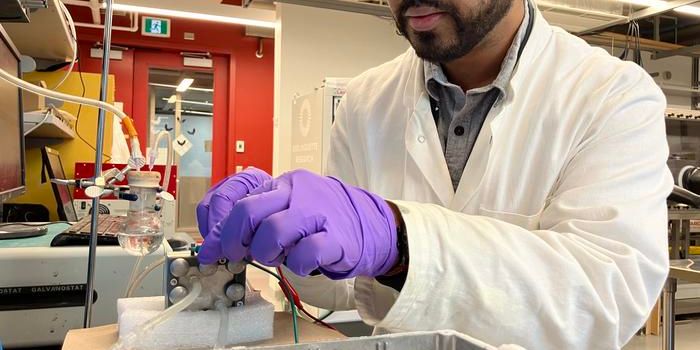Battery-free Sensors That Float Like Dandelion Seeds
According to a new study published in Nature, researchers at the University of Washington have developed small, wireless sensors that can travel on the wind, much like dandelion seeds can.
Researchers highlight that these sensors could have a range of applications, including the study of climate change through an enhanced ability to gather information about temperature or other environmental data. Studying climate change involves myriad challenges, including the need for effective ways to identify problematic climate data as well as issues of scale. These new sensors may offer a new way to gather climate data across wide swaths of area.
Granted, the sensors and the devices that carry them are nearly 30 times as heavy as a typical dandelion seed, which allows the sensors to cover only about 100 yards or so. However, when carried to a location and dropped by a drone, each sensor-carrying device can drop four sensors that have the ability to capture data as far as 60 meters in any direction. The sensors have solar panels to harness and store electricity to ensure the sensors can stay powered without the need for batteries, even at night.
The sensors use a backscatter technique to help send signals and all captured data back to a central location for researchers to analyze.
The research team highlighted that their drone-sensor approach could help transform work involving sensors of this type, which normally take a long time to deploy. Dropping lighter sensors from a drone could allow researchers to cover more ground than previous methods.
Not only do the sensors replicate the activity of dandelion seeds, researchers also made use of their structure. The research team wanted to design their sensor so that it actually carried in the breeze and had the lowest terminal velocity they could achieve.
One notable setback to the use of these sensors is the environmental impact. To get sufficient data about a specific area, several sensors are needed. Currently, you would need to go and retrieve each sensor, which is time consuming. Researchers are hoping to design a more eco friendly/biodegradable form of their sensor in the future.
Sources: Science Daily; Nature; WHO








